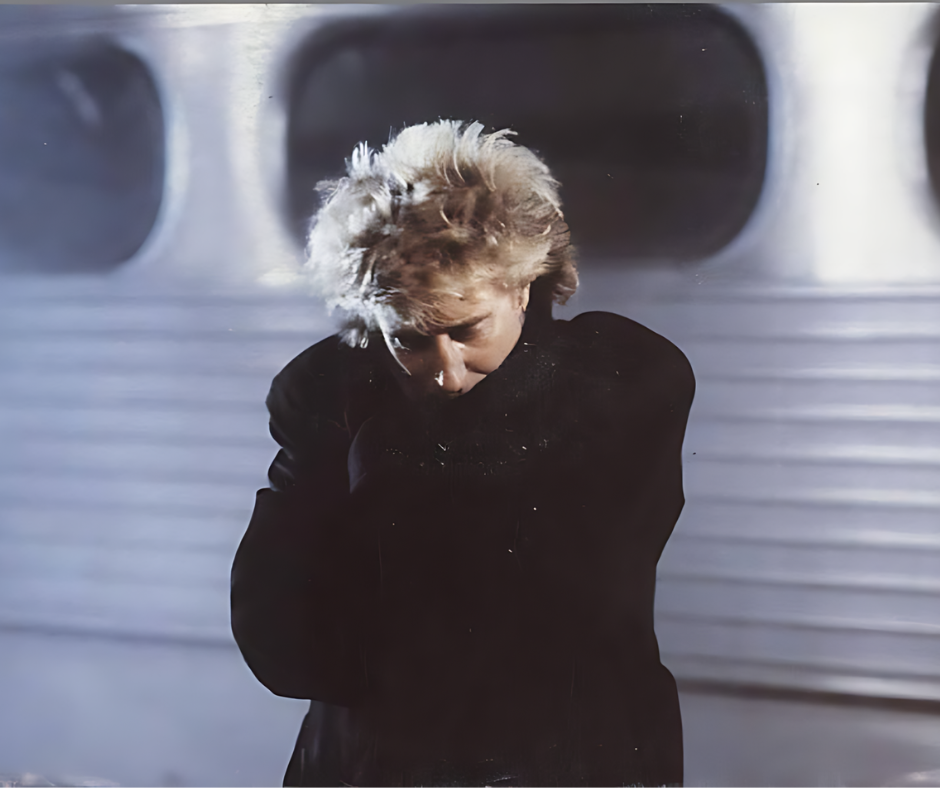About the song
Background
“Downtown Train” was originally written and recorded by Tom Waits for his 1985 album “Rain Dogs.” Rod Stewart’s version, released in 1989, became a massive hit and is often more recognized than the original. Stewart’s rendition features a more polished, pop-rock sound, while Waits’ version has a rawer, bluesy feel.
The song’s lyrics tell the story of a man yearning for a woman he sees on the downtown train every night. He’s captivated by her and imagines a life together, but he struggles to connect with her in the fleeting moments they share on the train.
Lyrics
The lyrics paint a vivid picture of urban life and the yearning for connection:
Did you hear that whistle blowin’? Did you hear that rumble in the ground? Did you hear that heart beatin’? Did you hear that thunder sound? She’s a-waitin’ for me On that downtown train
The verses describe the narrator’s fascination with the woman and his attempts to win her over:
There’s a girl across the tracks With a smile about a mile wide She’s a-waitin’ for me On that downtown train
The chorus is a repeated expression of longing and hope:
Oh, downtown train I’m a-gonna catch that downtown train
Themes
- Longing and Desire: The song’s central theme is the longing for connection and the desire to escape the loneliness of urban life. The narrator sees the woman as a symbol of hope and possibility.
- Missed Connections: The lyrics also touch upon the theme of missed opportunities and the fleeting nature of chance encounters. The narrator repeatedly tries to connect with the woman but is unable to bridge the gap between them.
- Urban Life: The song paints a vivid picture of urban life, with its crowds, noise, and fleeting connections. The downtown train serves as a symbol of both hope and despair, offering the possibility of connection but also highlighting the difficulty of finding it in the city.
Impact
Rod Stewart’s “Downtown Train” became a massive hit, reaching the top of the charts in several countries. It’s a popular song for weddings and romantic occasions, and its themes of longing and desire resonate with audiences worldwide.
The song’s popularity has also helped to bring Tom Waits’ original version to a wider audience, highlighting the power of music to connect people across different genres and styles.
